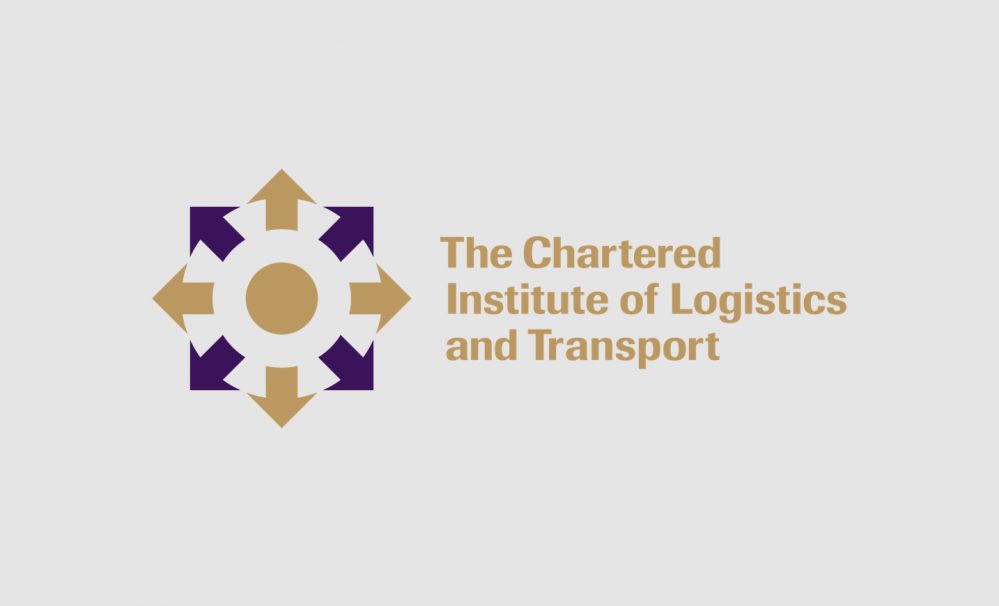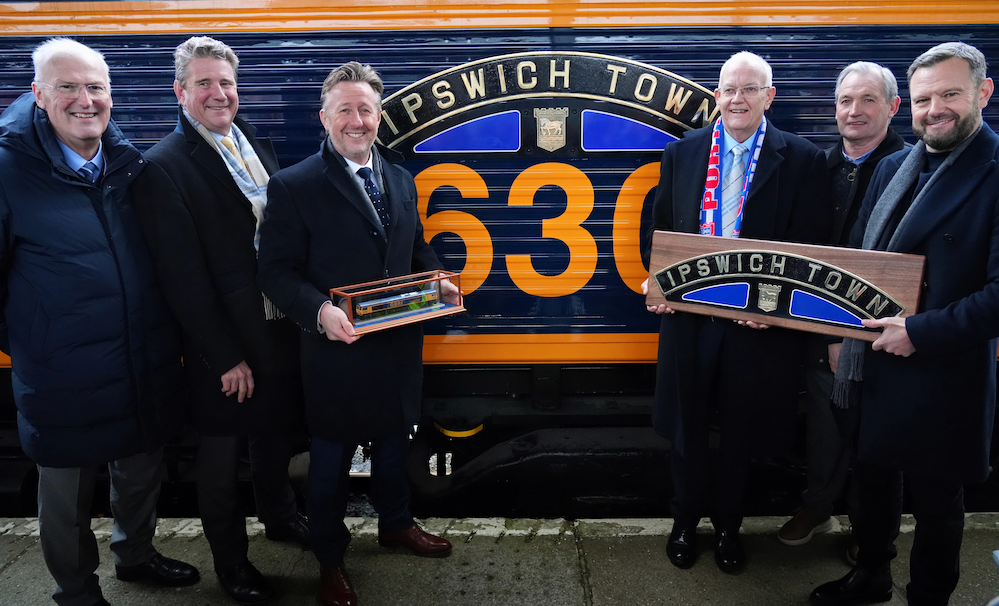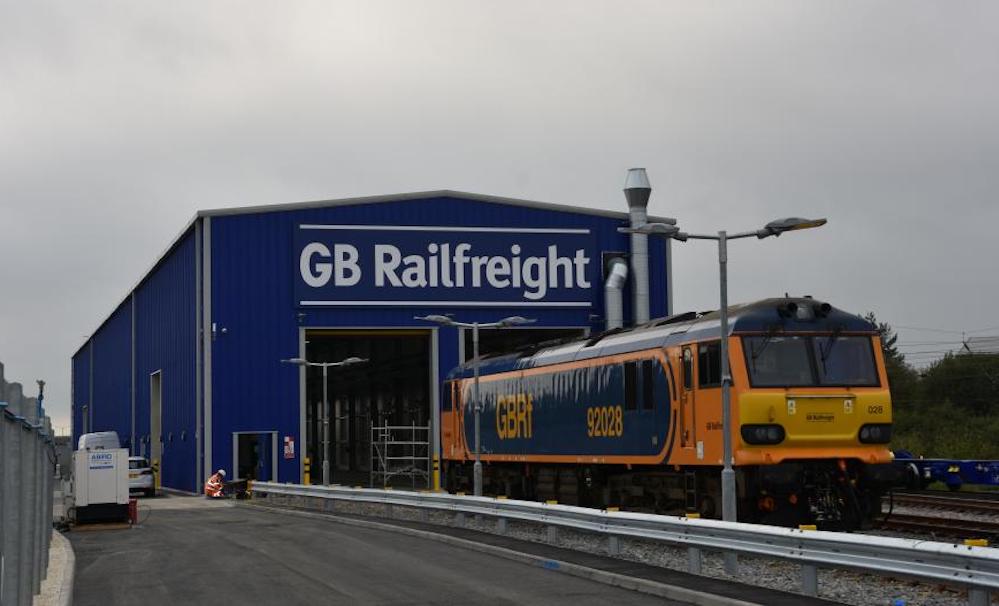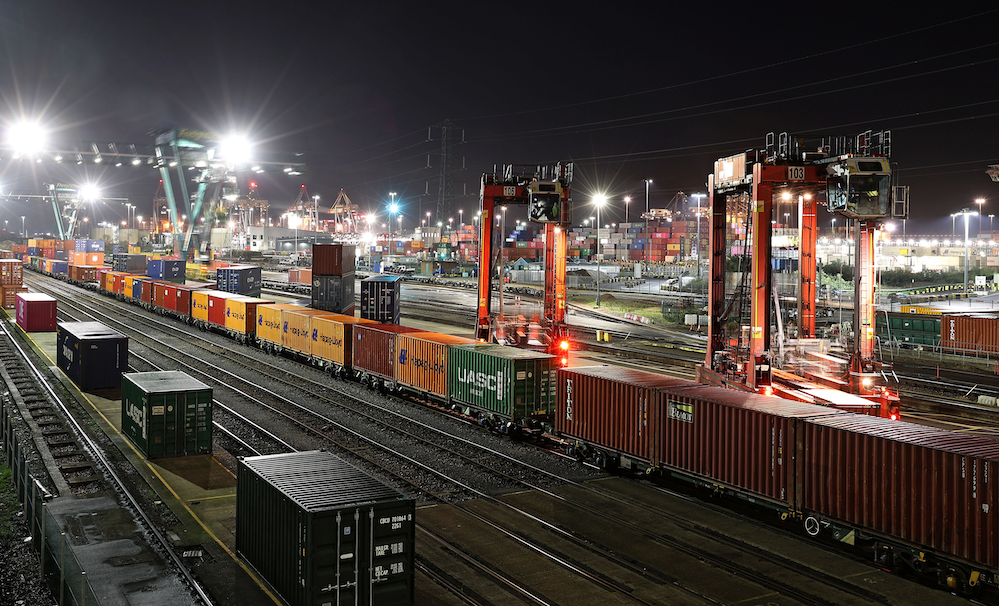The Chartered Institute of Logistics and Transport (CILT) has warmly welcomed the Prime Minister’s confirmation that HS2 is to go ahead in full.
This was in line with CILT’s advice to the Prime Minister that, in its professional judgement, HS2 is essential to tackling systemic congestion in the UK transport system.
The Institute is also satisfied to hear of the announcement of investment in bus services, cycling routes and regional rail schemes.
While welcoming the announcements on transport services and infrastructure, CILT urges the Prime Minister to ensure that, in parallel with HS2 Phase 1 and in advance of HS2 Phase 2b and HS3/NPR works, investment is also committed to improve the number and size of trains that can operate on existing routes, particularly Trans Pennine.
In addition, government should formally safeguard a significant proportion of the released capacity on Trans Pennine and the north-south routes for rail freight growth, as part of its commitment to modal shift and the achievement of Net Zero by 2050.
The Institute is pleased that Phases 1 and 2a have been given the immediate go-ahead, with approval in principle for Phase 2b. It agrees that there should be a further review of Phase 2b to ensure that it is built to the optimum configuration and in the most efficient manner. It is crucial that Phase 2b links with HS3/Northern Powerhouse Rail to provide a coherent, fast, high capacity route across the north.
While HS2 Phases 1 and 2a will relieve congestion on the West Coast Main Line, CILT reminds government that Phase 2b will be vital in relieving the Midland and East Coast Main Lines. The Institute is aware that, while many more people would benefit from released capacity on existing routes rather than from HS2/HS3, none of this can occur without construction of the new infrastructure.
CILT understands that it may take up to 20 years for the full benefit of the new lines to be realised and it is essential that existing routes continue to be enhanced to provide a better service to passengers in the meantime. This is particularly important for those routes which have little interaction with HS2.
The benefits of HS2 are even greater for freight. Britain’s manufacturers, retailers and ports are keen to move more of their goods by rail. This will accelerate as the implications of achieving Net Zero carbon by 2050 become clearer.
The Institute’s belief is that electric trains carrying goods on the trunk haul, linking with electric-lorries for final delivery to customers in towns and cities, offers an attractive option for near-full decarbonisation of the supply chain once goods reach the UK.
Well ahead of 2050, more capacity for freight is needed on our north-south main lines as well as on east-west routes and particularly Trans Pennine.
The M62 is one of the busiest HGV corridors in the country but it is very difficult to move containers arriving at northern ports across the Pennines by rail due to capacity and height restrictions. UK ports and their customers are keen to divert containers off of the M62 and onto the railways, but are currently unable to do so in significant numbers because of increasing infrastructure constraints.







